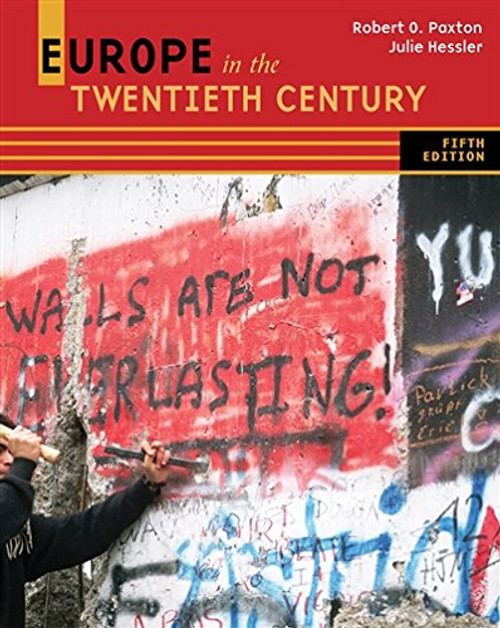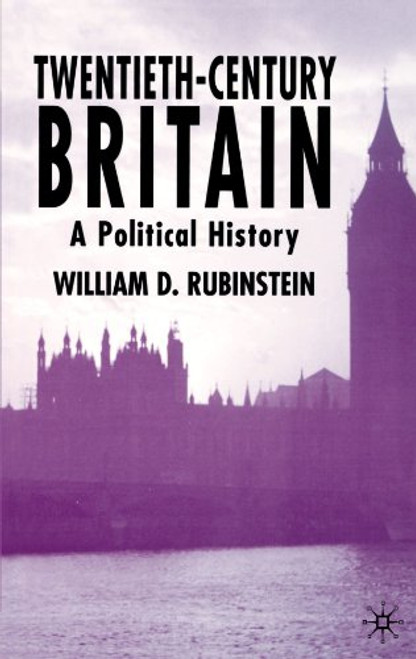Product Overview
The twentieth century in Europe was an urban century: it was shaped by life in, and the view from, the street.
Women were not liberated in legislatures, but liberated themselves in factories, homes, nightclubs, and shops.
Lenin, Hitler, and Mussolini made themselves powerful by making cities ungovernable with riots rampaging through streets, bars occupied one-by-one. New forms of privacy and isolation were not simply a by-product of prosperity, but because people planned new ways of living, new forms of housing in suburbs and estates across the continent. Our proudest cultural achievements lie not in our galleries or state theatres, but in our suburban TV sets, the dance halls, pop music played in garages, and hip hop sung on our estates.
In Streetlife, Leif Jerram presents a totally new history of the twentieth century, with the city at its heart, showing how everything distinctive about the century, from revolution and dictatorship to sexual liberation, was fundamentally shaped by the great urban centres which defined it.







